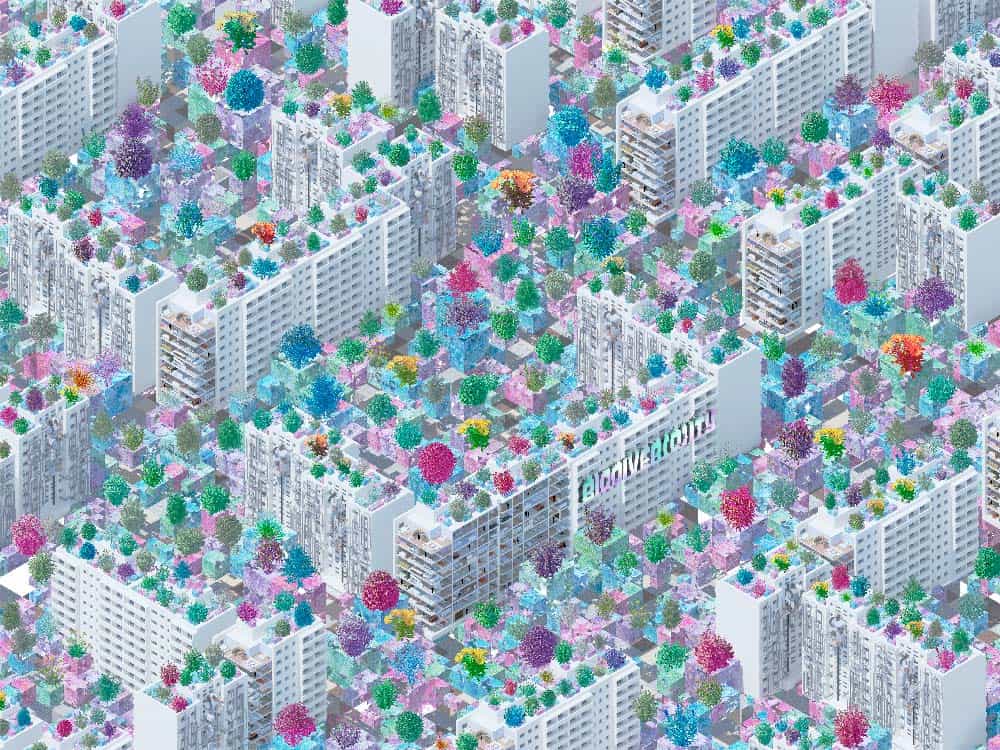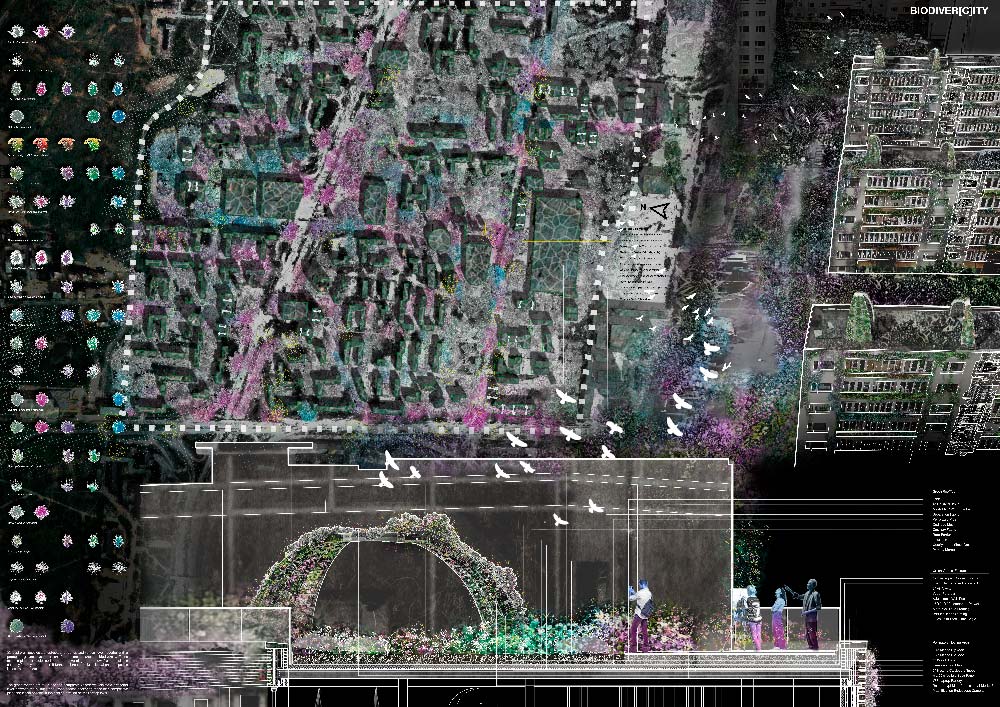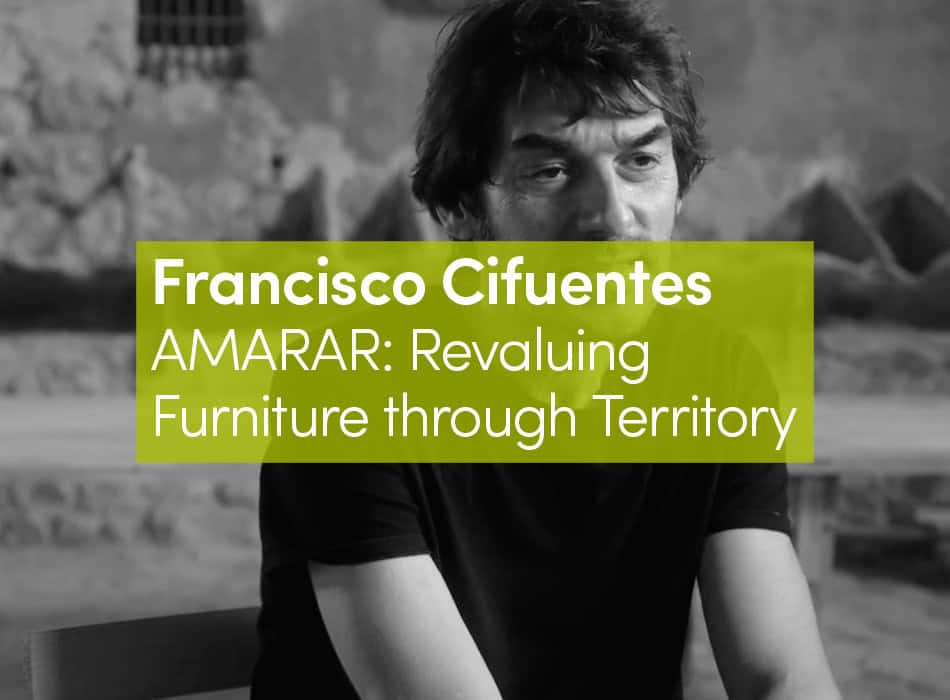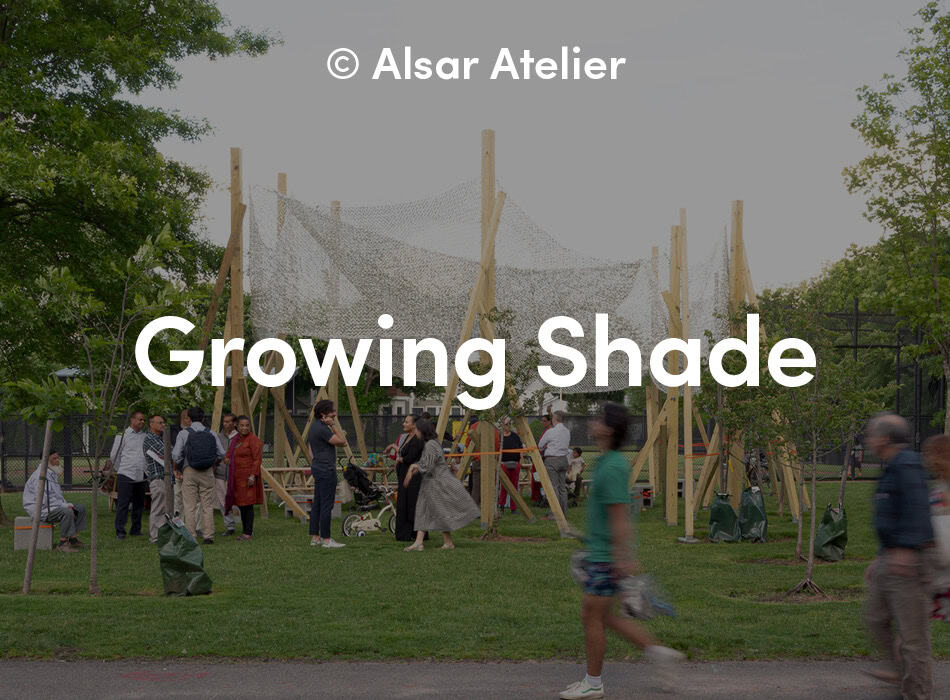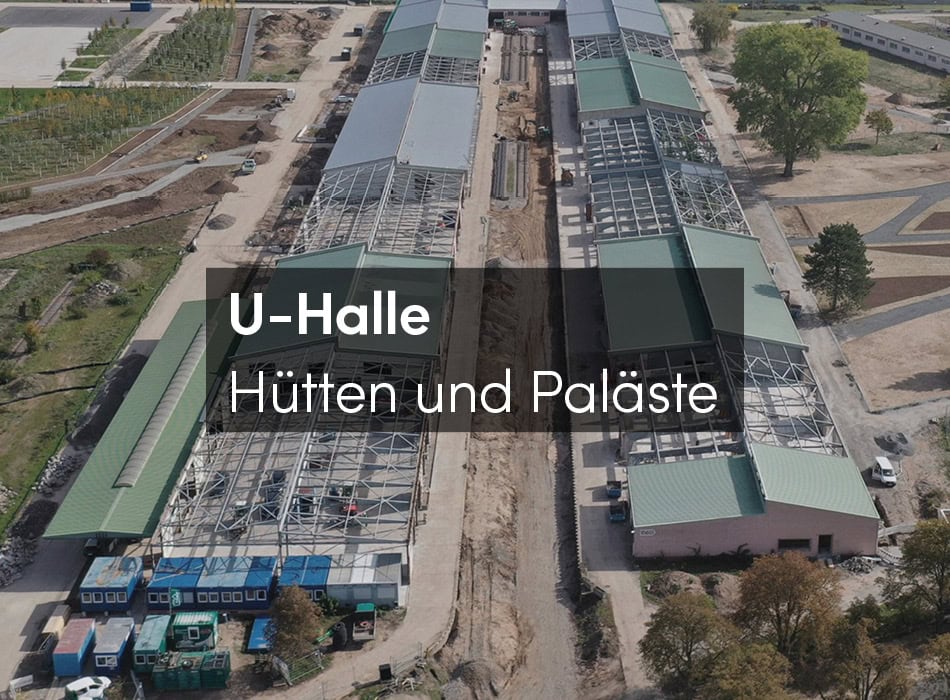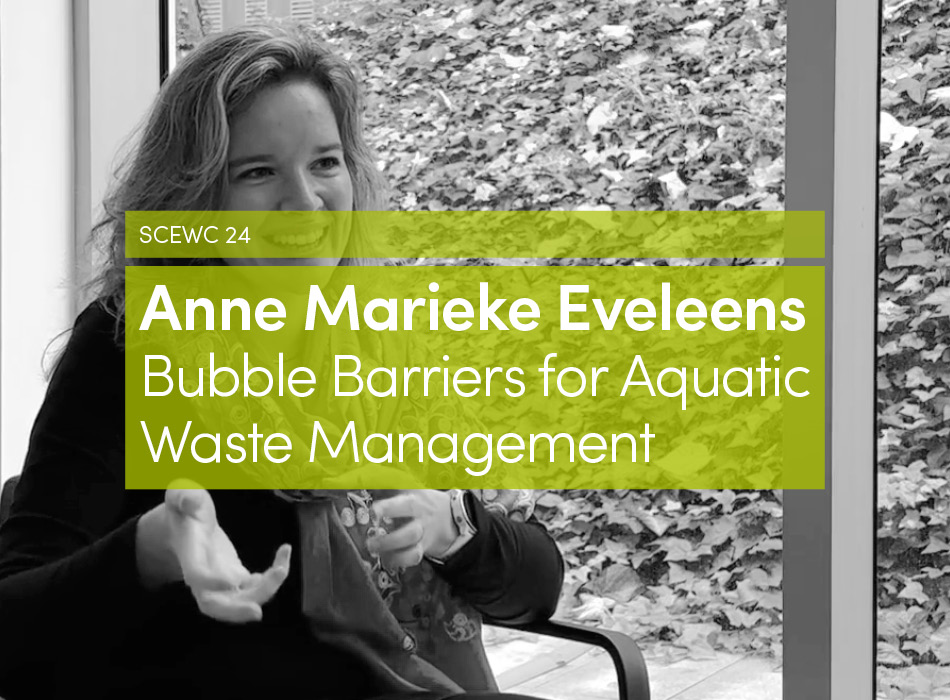Can Lasnamae, the most populous administrative district of the city of Tallinn, prototype housing blocks with circular water, waste and energy systems that not only support the city’s cultural diversity but also cultivate planetary biodiversity? In addition to providing sustainable sources of water, energy and food, the circular systems that graft onto housing blocks become the infrastructure for an economy based on the production of biodiversity in managed urban spaces. The human-centric city paradoxically becomes a wellspring for multi-species biodiversity.
The City as a Biodiversity Generator
The number of spaces that foster biodiversity are rapidly shrinking under the onslaught of climate change and anthropocentric development. Rural expanses are given over to acres of cloned plants that are treated with pesticides, segregating the coherence of preserved spaces; and invasive species outcompete native flora and fauna. Estonia’s BioClim report has noted shifts in species’ distribution areas, citing the negative impact of invasive alien species on biodiversity and the need to “increase [the] extent of protected areas [for] the maintenance of biodiversity.”(42) Can the city provide new types of protected areas, prioritizing biodiversity on rooftops, greenspaces and vertical gardens?
Urban Biodiversity and Bioeconomy
The existing building block is converted into a bioeconomic unit by a comprehensive energy system that generates the necessary heat for biodiversity to thrive. Biofuel production using waste-to-energy technologies, building heat retention through a façade of hempcrete blocks, and nesting spaces throughout the new scaffold establish the non-human-centric city. This bioeconomic unit also provides biodiversity services in the following ways: 1,934,064 sf of rooftop for 22 native species of plants and 13 local species of birds and insects with the addition of urban green patches around the block (5,375,304 sf).
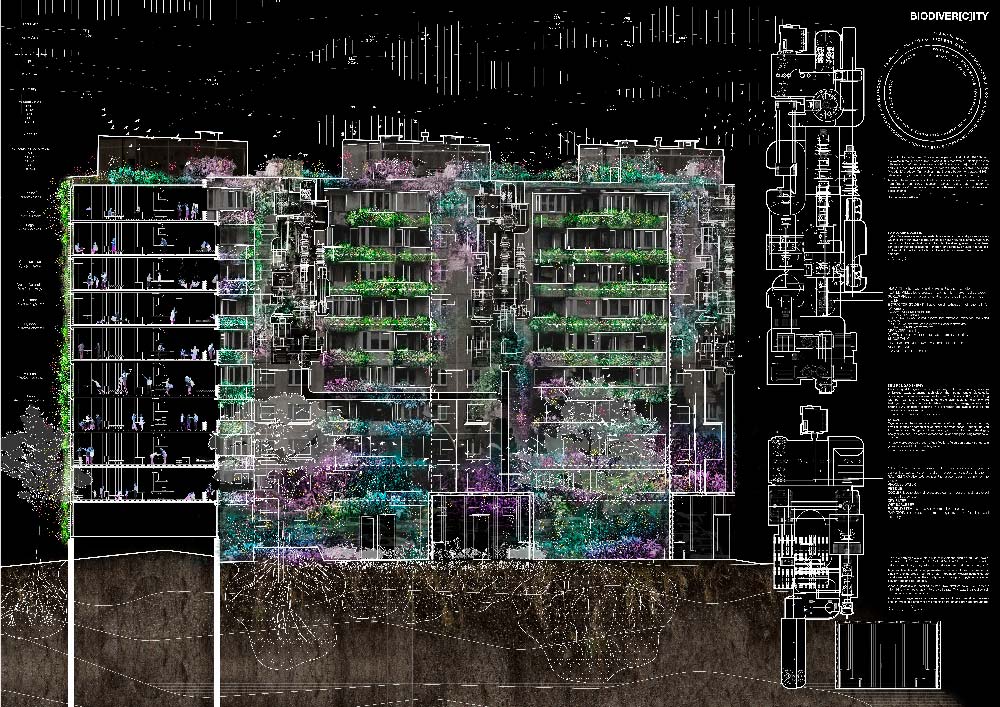 The circular economy of recaptured waste, water and heat streams from each housing block extends to non-humans by creating zones of managed biodiversity.
The circular economy of recaptured waste, water and heat streams from each housing block extends to non-humans by creating zones of managed biodiversity.





